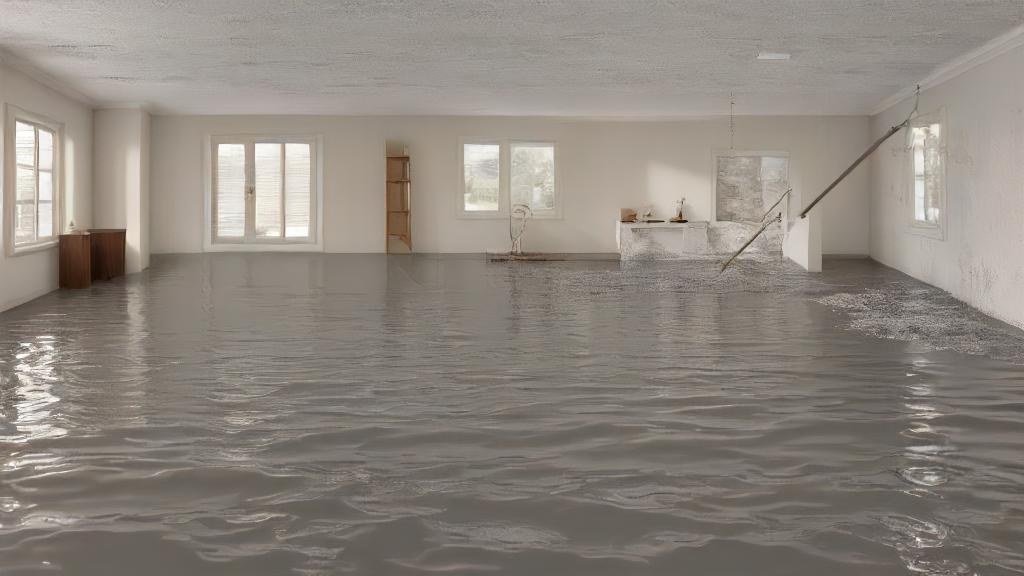Water damage can wreak havoc on your property, whether it’s caused by a burst pipe, flooding, or any other water-related incident. The aftermath of such an event requires more than just surface cleaning; it demands thorough restoration to ensure the safety and integrity of your home or business. In this guide, we’ll delve into the intricate process of water damage restoration, covering everything from the types of water damage to the steps involved in mitigation, remediation, and restoration.
Categories of Water Damage
The severity of water damage is categorized based on the type of water involved:
Category 1: Clean Water Damage
Clean water originates from a sanitary source and poses minimal risk to human health. It typically includes water from broken supply lines, rainwater, or melting snow. While Category 1 damage may seem harmless, prompt mitigation is crucial to prevent escalation.
Category 2: Gray Water Damage
Gray water contains contaminants that may cause discomfort or illness upon exposure. This type of damage often stems from appliances like dishwashers and washing machines or overflow from sinks and showers. Proper disinfection and cleanup are essential to mitigate health risks associated with gray water.
Category 3: Black Water Damage
Black water is highly contaminated and poses significant health hazards. It may contain sewage, toxins, or pathogens, making it unsafe for contact. Sources of black water include flooded sewer systems, seawater, or river water. Restoring property affected by black water requires extensive sanitization and safety measures.
Also Read: Water Damage Restoration Services in Miami: Restoring Peace of Mind
The Water Damage Restoration Process
Restoring a water-damaged property involves several sequential steps, including mitigation, remediation, and restoration.
Mitigation: Stopping the Damage
Mitigation aims to contain the initial damage and prevent it from worsening. This phase includes:
- Assessment: Evaluating the extent and severity of water damage, ensuring structural stability.
- Water Extraction: Removing standing water using pumps, fans, and dehumidifiers.
- Material Removal: Disposing of damaged furniture, carpeting, and other building materials safely.
- Drying: Using specialized equipment to dry affected areas thoroughly.
- Containment: Boarding up windows and doors to protect the property from further damage.
Remediation: Cleaning and Sanitizing
Once mitigation is complete, remediation focuses on thorough cleaning, deodorizing, and sanitizing of salvageable materials. This phase involves:
- Disinfection: Removing contaminants and ensuring a safe environment.
- Deodorization: Eliminating unpleasant odors caused by water damage.
- Salvageable Restoration: Restoring items that can be repaired or cleaned, such as hardwood furniture or non-porous personal belongings.
- Mold Prevention: Taking measures to prevent mold growth and related issues.
Restoration: Bringing Your Property Back to Life
The final phase of water damage restoration involves restoring the property to its pre-loss condition. This includes:
- Structural Repairs: Repairing or replacing damaged flooring, walls, windows, and ceilings.
- Contents Restoration: Cleaning and restoring salvageable belongings, including carpets, rugs, and upholstery.
- Moisture Testing: Ensuring the property is thoroughly dried to prevent future issues.
- Reconstruction: Rebuilding any structural elements that were removed during mitigation or remediation.
Cost Considerations
The cost of water damage restoration varies depending on the extent of the damage and the size of the property. Factors such as the type of water damage (clean, gray, or black water) and the need for structural repairs or reconstruction also influence the overall cost. It’s essential to consult with restoration professionals to obtain accurate cost estimates tailored to your specific situation.
Tips for Water Damage Repair
Here are some practical tips to consider during water damage mitigation and repair:
- Act Quickly: Prompt action is crucial to prevent further damage and mitigate health risks.
- Prioritize Safety: Wear appropriate protective gear when dealing with contaminated water, and keep pets and children away from affected areas.
- Document Damage: Take photographs of the damage for insurance purposes before mitigation begins.
- Maintain Humidity Levels: Keep indoor humidity below 60% to prevent mold growth and maintain a healthy environment.
- Consider Restoration: Explore restoration options for damaged furnishings and materials before opting for replacement.
- Consult Professionals: Seek guidance from certified restoration professionals to ensure thorough cleanup and restoration.

Conclusion
Water damage restorations are complex processes that require expertise, thoroughness, and attention to detail. By understanding the categories of water damage and the steps involved in restoration, property owners can take proactive measures to mitigate damage, restore their properties, and safeguard their health and well-being. Remember, when faced with water damage, swift action and professional assistance are key to successful restoration.










